Contact Us. Web site contents copyrighted. All rights reserved. Made With Serif WebPlus. Home

Bull Creek Allotment Habitat Restoration Project
BLM Surprise Field Office, Cedarville, California
Project Located in Washoe County, Nevada
Proposed January 5, 2015
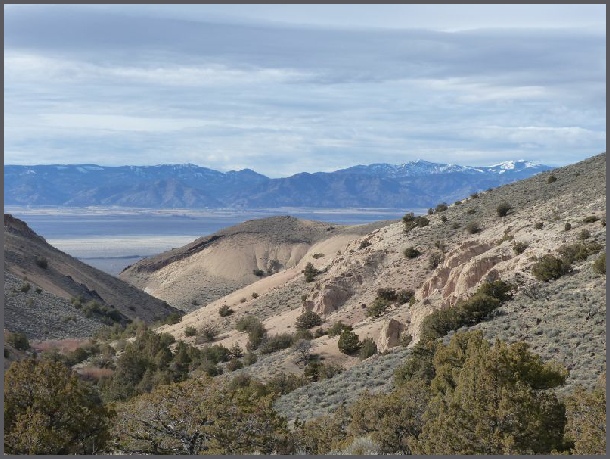
Looking west from the Bull Creek project towards the South Warner Mountains on the horizon. Surprise Valley and Cedarville are at the facing edge of the South Warner Mountains.
The BLM Surprise Field Office is proposing habitat restoration and hazardous fuels reduction on approximately 3,324 acres in the Bull Creek area of Washoe County, Nevada, southeast of Cedarville, California. The project will cut down invasive western and Utah juniper in sage steppe communities. Additionally, the project proposes to develop fuel breaks to protect priority sage grouse habitat areas.
One of the goals of the Bull Creek project is to “reduce juniper densities” in key wildlife habitats. Another project goal is to “maintain old growth juniper stands in fire safe sites for their many social and ecological values.”
Both of these are worthy goals for areas where young juniper is invading sage brush communities. Unfortunately, in areas of old growth western and Utah juniper communities, such as found in the Bull Creek Allotment area, these same goals in the past have lead to the “reduction of juniper density” by cutting old growth in prime old growth juniper communities. These are the same old growth communities the second goal says will be preserved. On the Corral Allotment, Home Camp, Nevada, just ten miles southeast of Bull Creek, in a similar juniper removal project, the BLM cut down about 50% of the old growth juniper and in at least one old growth community, cut down about 80% of the old growth with ages of cut trees as high as about 660 years. We have not yet seen changes in the way the BLM plans to implement the Bull Creek Project to guarantee a more positive outcome regarding the preservation of old growth juniper communities.
All images are from within the proposed Bull Creek juniper removal project.
The measuring stick has six inch increments.
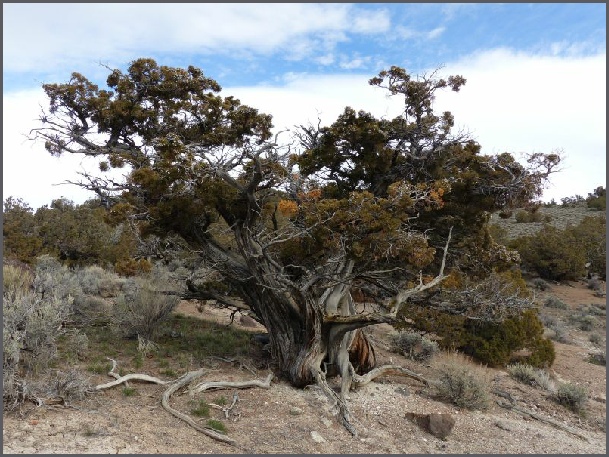
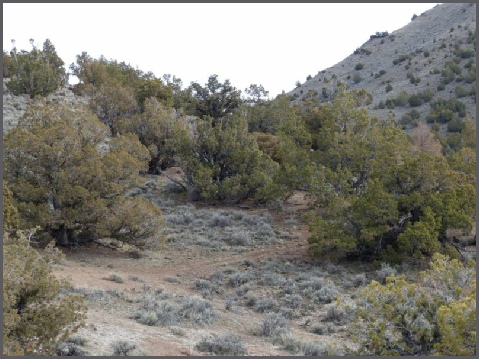
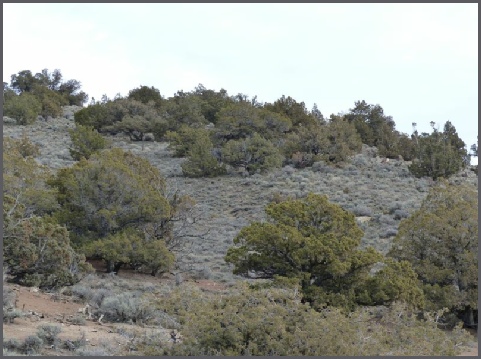
There are many old growth juniper communities within the Bull Creek juniper removal project. These old communities are not made up of invasive young juniper but are never the less included within the boundary of the project. These old growth woodlands should be flagged by knowledgeable BLM personnel and excluded from possible cutting by the contractor. These are similar to the old woodlands where the BLM cut up to 80% of the old growth juniper during the Home Camp project just last year, 2014.
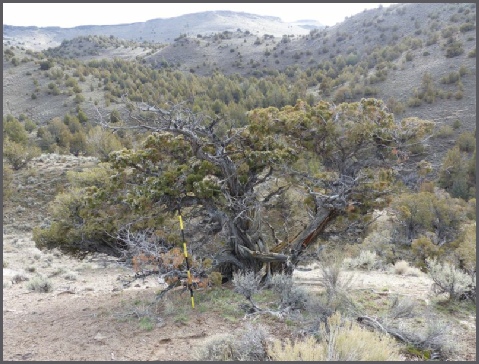
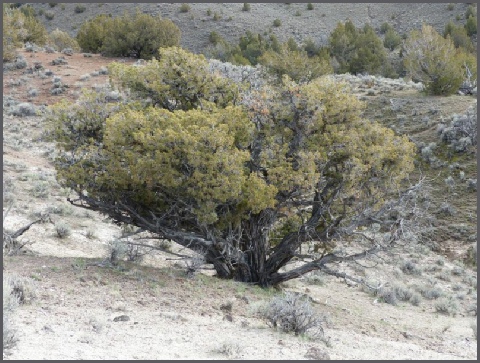
These two short old junipers with multiple trunks are especially vulnerable in juniper removal projects. An old juniper must have only one old growth characteristic to be classified as an old growth and thus be preserved according to BLM documents. Both of these trees have dead wood in the upper branches, deeply furrowed, fibrous bark and asymmetrical shapes but they are both likely to be cut down during the implementation of the Bull Creek project based on previous projects done by the BLM in this area.
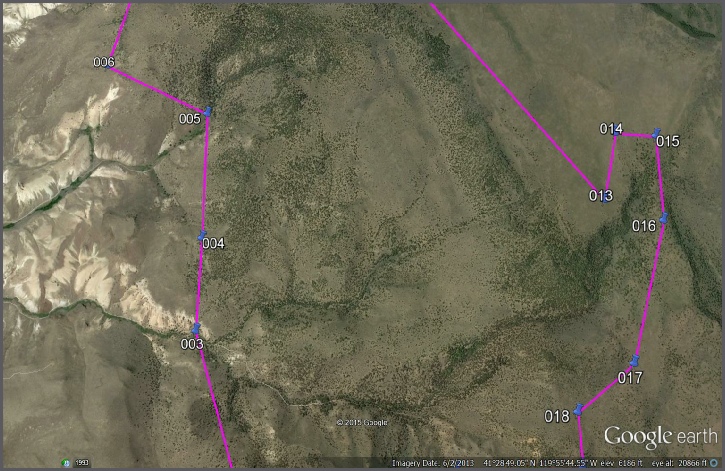
Hazardous fuel reduction was one of the goals used in the Home Camp project as rationale for removing hundreds of old growth juniper. “Broadly reducing hazardous fuel” and developing “fuel breaks” are two goals stated in the documentation for the Bull Creek juniper removal project.
The areas within the boundary of the Bull Creek project in the image at the left that have only a few green dots are areas of sage with young invasive juniper. Large “fuel breaks” can be created by removing the scattered young juniper and leaving the old growth juniper woodlands intact. By definition, the old juniper have been there for at least 150 years, with many for several hundreds of years. Certainly the old woodlands have been “fire safe” for quite some time.
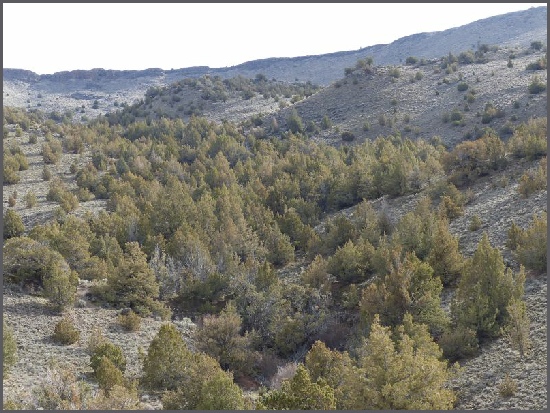
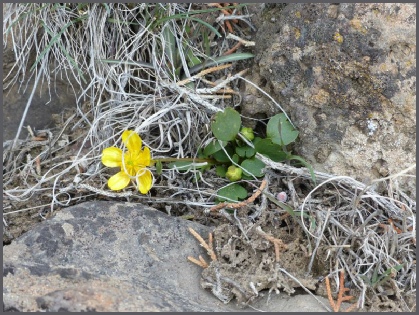
Sagebrush buttercups, Ranunculus glaberrimus var. glaberrimus, were blooming in January when we visited the Bull Creek project.
There are areas within the Bull Creek project that need treatment because of the invasive young juniper. However, even here there are often old juniper mixed in with the young juniper that are not to be cut during implementation, such as the old junipers left center in the image above.